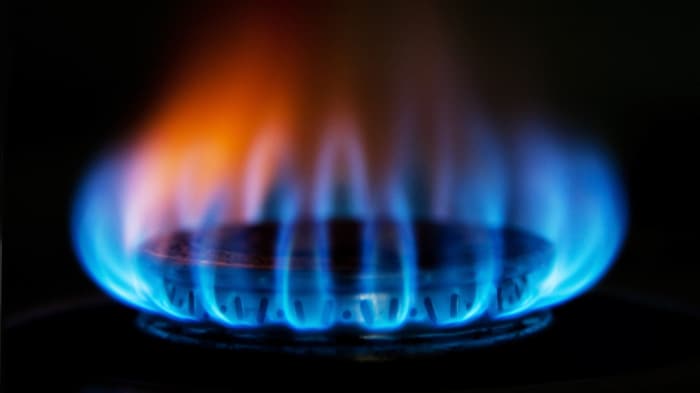Interaction of methane with oxygen – combustion reaction
The simplest representative of the alkanes

Methane is a gaseous compound with the chemical formula of CH₄. Methane has no smell or taste, and is a non-toxic substance. The flammability limit of the gas is a concentration in air from 5 to 15%.
Main characteristics of methane
Methane is the simplest representative of the alkanes. This group of organic compounds is called saturated or paraffin hydrocarbons. They have a simple bond between the carbon atoms in the molecule, and the other valencies of each carbon atom are saturated with hydrogen atoms. The most important reaction of alkanes is combustion. Alkanes burn with the formation of water vapor and gaseous carbon dioxide. As a result of this reaction, chemical energy is released in huge quantities, which can be transformed into electrical or thermal energy.

The combustion of methane is used to obtain combustion gases, which provide energy to power gas turbines. In many places, methane is supplied to houses in pipes and used for heating and cooking. Compared with other types of hydrocarbon fuel, the combustion of natural gas (methane) is characterized by the release of a lower amount of carbon dioxide and a greater amount of heat. Here you’ll find interesting experiments for learning the properties of different gases.

Methane with oxygen – combustion reaction
The process of the combustion of methane is the interaction of methane with oxygen. As a result of the reaction, water, carbon dioxide and a great deal of energy are formed. The reaction equation of methane combustion:
CH₄[gas] + 2O₂[gas] → CO₂[gas] + 2H₂O[steam] + 891kJ
Reaction description
1 molecule of methane in an interaction with 2 molecules of oxygen forms 1 molecule of carbon dioxide and 2 molecules of water. In the reaction process heat energy is released equivalent to 891 kJ. Natural gas is the purest gas for burning, which has a simple composition and does not release harmful chemicals into the air. As natural gas is 95% methane, in its combustion hardly any byproducts are formed, or far fewer byproducts are formed than when other types of fossil fuel are used.

If you put a porcelain pot lid in a methane flame, a black deposit of soot will not form, as the carbon in the methane burns completely. A flame that leaves no soot is a qualitative reaction for saturated hydrocarbons.